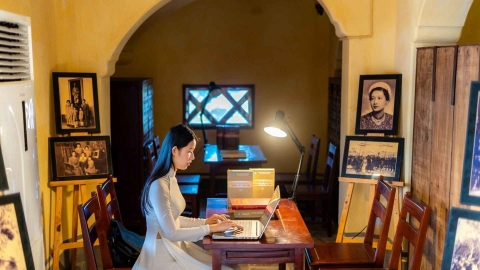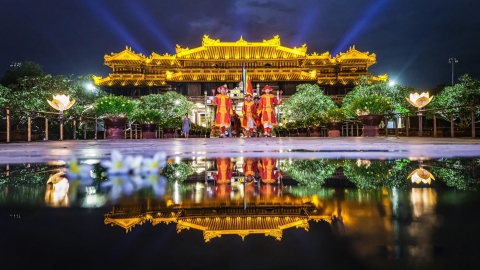Officially in operation from April 17, 2022, the Perfume River Ancient Ceramic Museum opened to visitors at 120 Nguyen Phuc Nguyen, Huong Long Ward, Hue City. This is the third non-public museum in Thua Thien Hue province, after the Nguyen Dynasty porcelain museum of researcher Tran Dinh Son and the XQ Embroidery Museum.
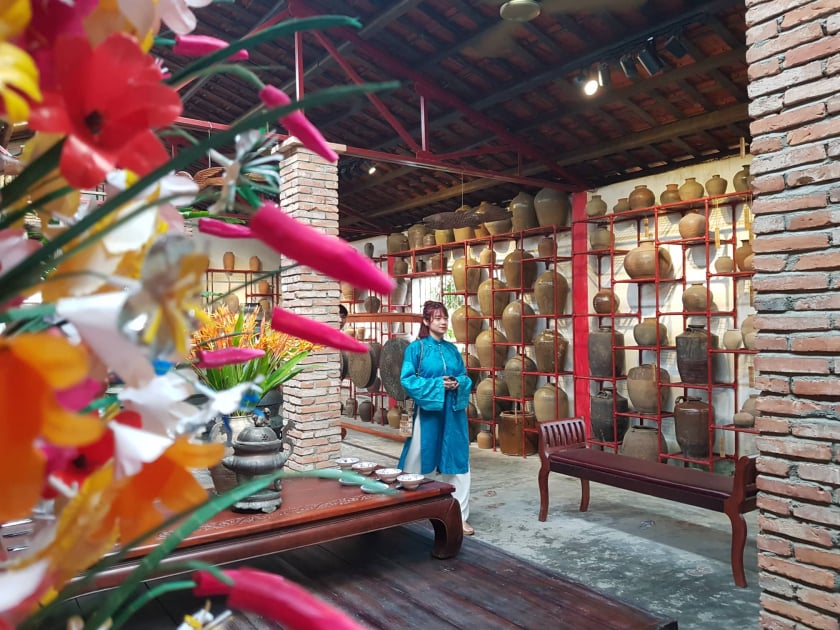
Inside the Perfume River Ancient Ceramic Museum. Photo: Minh An
Located next to the Perfume River and near Thien Mu Pagoda, the ancient ceramic exhibition space has an area of about 700 m2.2 ,Displaying nearly 5,000 artifacts, most of which are ancient ceramics salvaged from the bottom of the Perfume River, dating from many eras, from Cham ceramics, Sa Huynh ceramics, prehistoric, early historical, early Le ceramics... and even ceramic artifacts that were once produced in the ancient village of Phuoc Tich, My Xuyen.
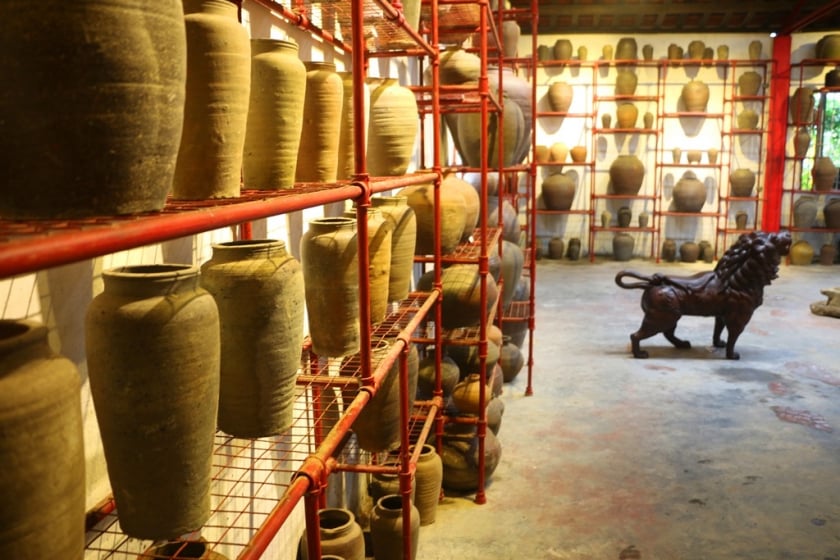
The Perfume River Ancient Pottery Museum has more than 5,000 artifacts. Photo: Internet
In this first launch, the main space of the museum is where 108 typical ceramic artifacts from the pre-Sa Huynh - Sa Huynh period (2,500 - 3,000 years ago), Champa period (first millennium AD), Ly - Tran period to Nguyen period (19th - 20th century) are displayed with the theme "Huong River - meeting place of cultures".
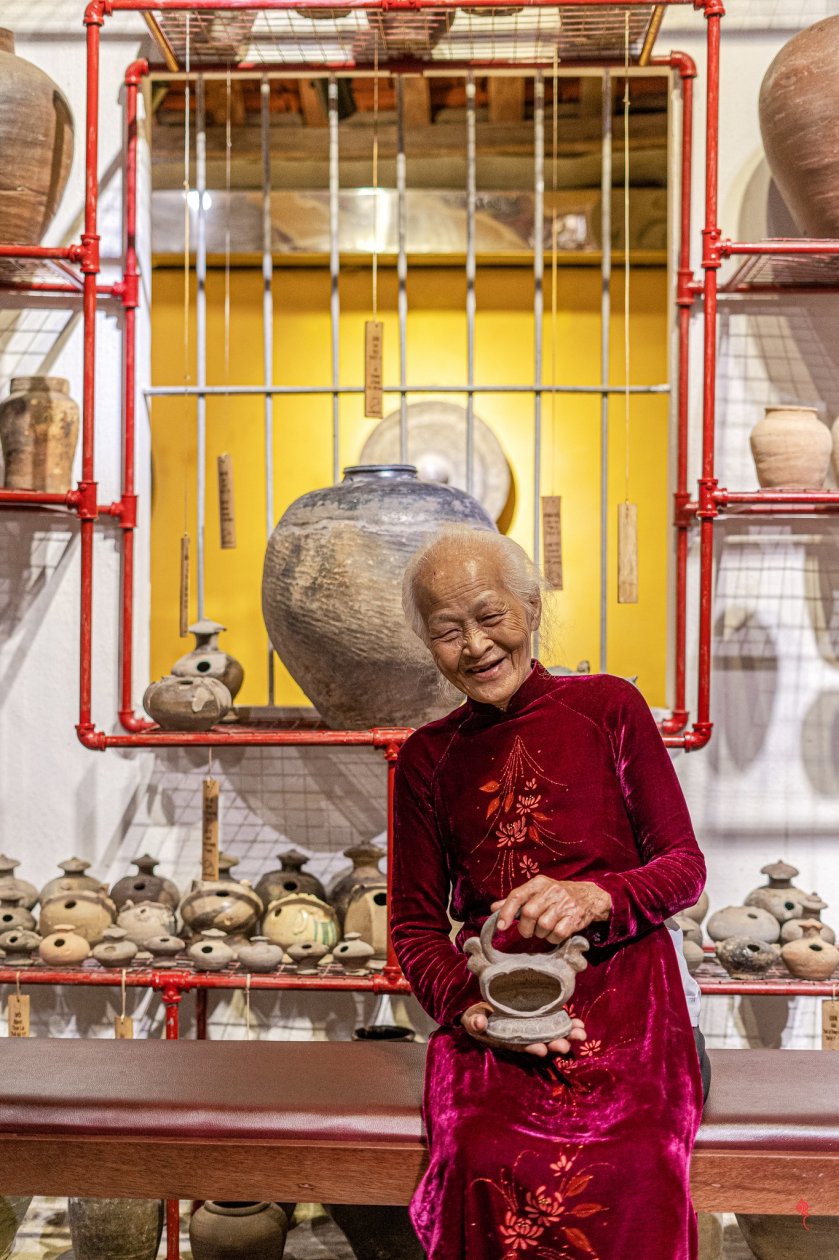
The establishment of the Huong River Ancient Pottery Museum will help researchers better understand the lives of indigenous people in the course of historical development. Photo: Nguyen Phuc Bao Minh
The most displayed artifacts are everyday objects such as jars, pots, vases, cups, bowls, lime pots made of different materials such as terracotta, porcelain, glazed ceramics... The age of the artifacts in the museum ranges from the 5th century BC to the 20th century, including ceramic and porcelain artifacts from the Le Trung Hung period (17th and 18th centuries), and most are products of the traditional pottery villages of Phuoc Tich and My Xuyen.
All of them are artifacts closely associated with the daily life of residents throughout historical periods, and at the same time demonstrate the exchange and trade between Hue and the provinces and cities in the three regions of the North, Central and South. Each artifact displayed here connects the story of the Perfume River throughout history.
The Huong River Ancient Ceramic Museum was established by Professor Thai Kim Lan and her brother, the late painter Thai Nguyen Ba, who spent nearly 40 years collecting and preserving, and also includes antiques of the late researcher Ho Tan Phan.
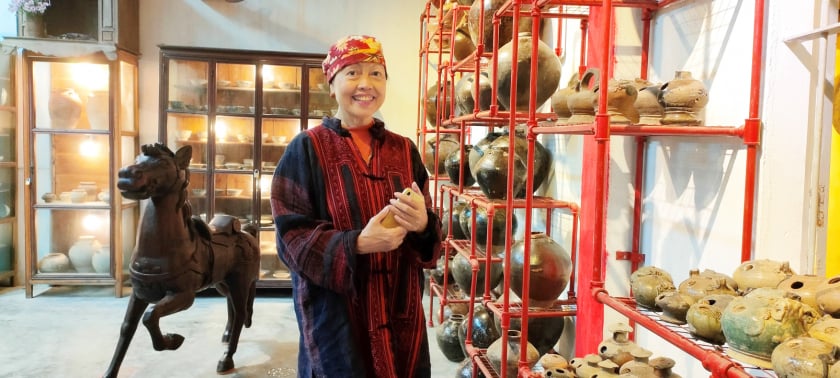
Prof. Dr. Thai Kim Lan shared: "Each jar and lime pot carries within it a story of the land, a historical period of the Huong River. These artifacts will tell their own story, about the stages of formation of this poetic land, helping us understand more about the cultural and historical values of the ancient capital." Photo: Internet
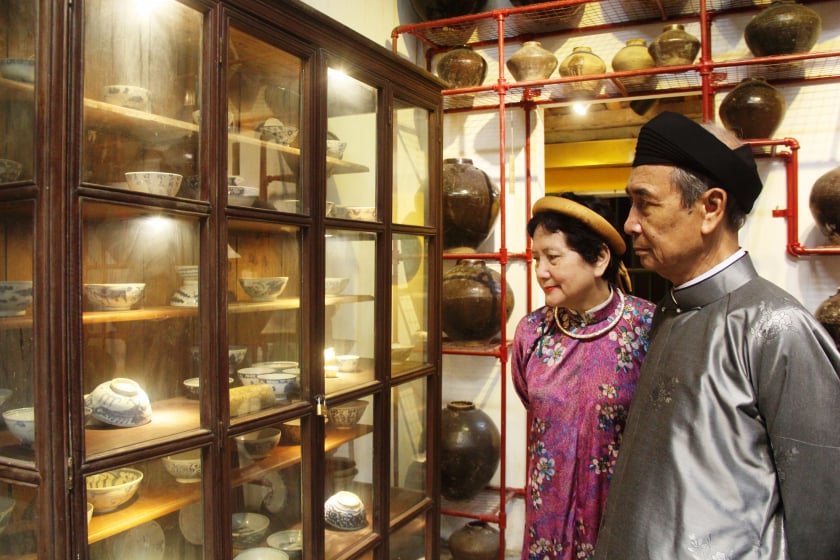
The exhibits were found under the Perfume River. Photo: Minh An
Dr. Nguyen Anh Thu, a professional consultant of the Huong River Ancient Ceramic Museum, said: “In Vietnam, ceramic artifacts were discovered in many rivers, but then they were scattered everywhere and no one has established a museum specializing in ceramics from a few rivers like here. People often only know much about Hue from the 14th century and especially the Nguyen Dynasty, but the history of Hue is much longer and more distant than that. The ancient ceramic artifacts in this museum will help many researchers understand more about the lives of indigenous people living throughout thousands of years of history.”
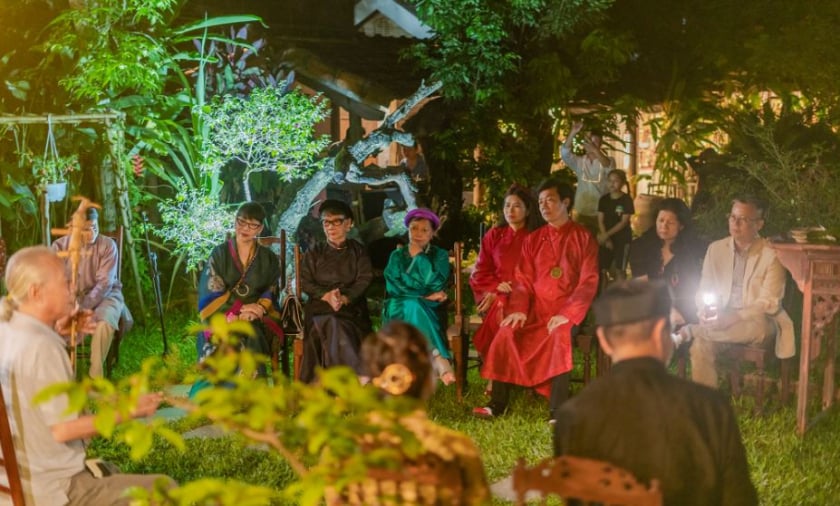
The museum also organizes a number of outdoor activities for visitors. Photo: Nguyen Phuc Bao Minh
In the near future, the museum will apply 3D technology and virtual reality experiences to more widely introduce the museum's typical and valuable artifacts, while creating conditions for antique lovers from far away to easily enjoy. The application of 3D technology in exhibitions is also a condition to expand exchange programs with other museums in the country and around the world.
The Perfume River Ancient Pottery Museum will welcome visitors on Saturdays and Sundays from April 17 to August 17, 2022. On weekdays, with the number of visitors from 5 to 20 people, reservations can be made in advance. After the above time, visitors can visit every day of the week from 8:00 to 17:00.



























